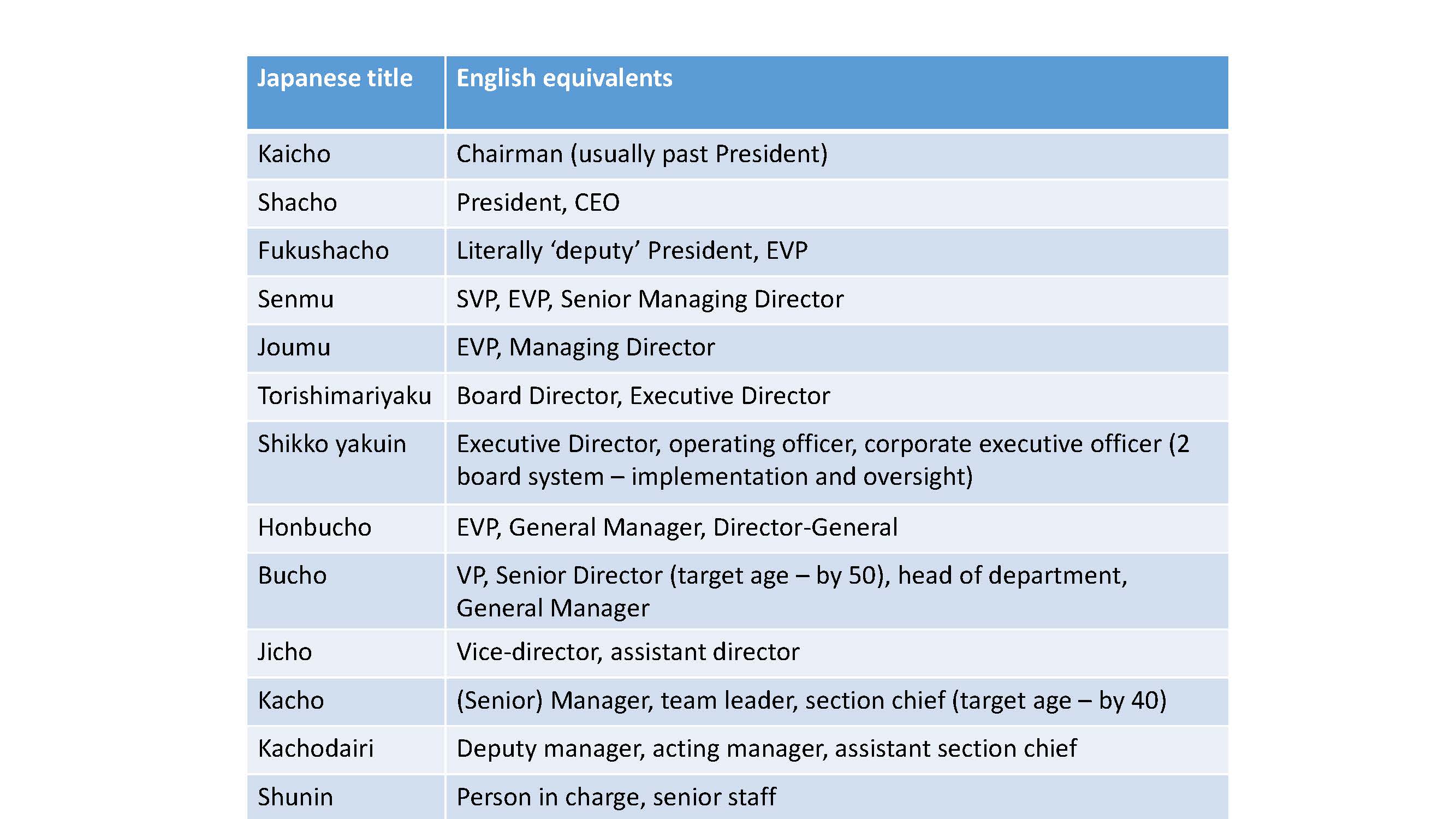Japanese Business Mysteries Explained – Falling Asleep in Meetings
We’ve revamped our Rudlin Consulting YouTube channel, and posted our latest Japanese Business Mysteries Explained in 5 minutes video screencast – this edition is on falling asleep in meetings.
Why do Japanese people fall asleep in meetings? Is it you? Is it OK to do it in Japan? What can you do about it?
For more content like this, subscribe to the free Rudlin Consulting Newsletter. 最新の在欧日系企業の状況については無料の月刊Rudlin Consulting ニューズレターにご登録ください。
Read More

